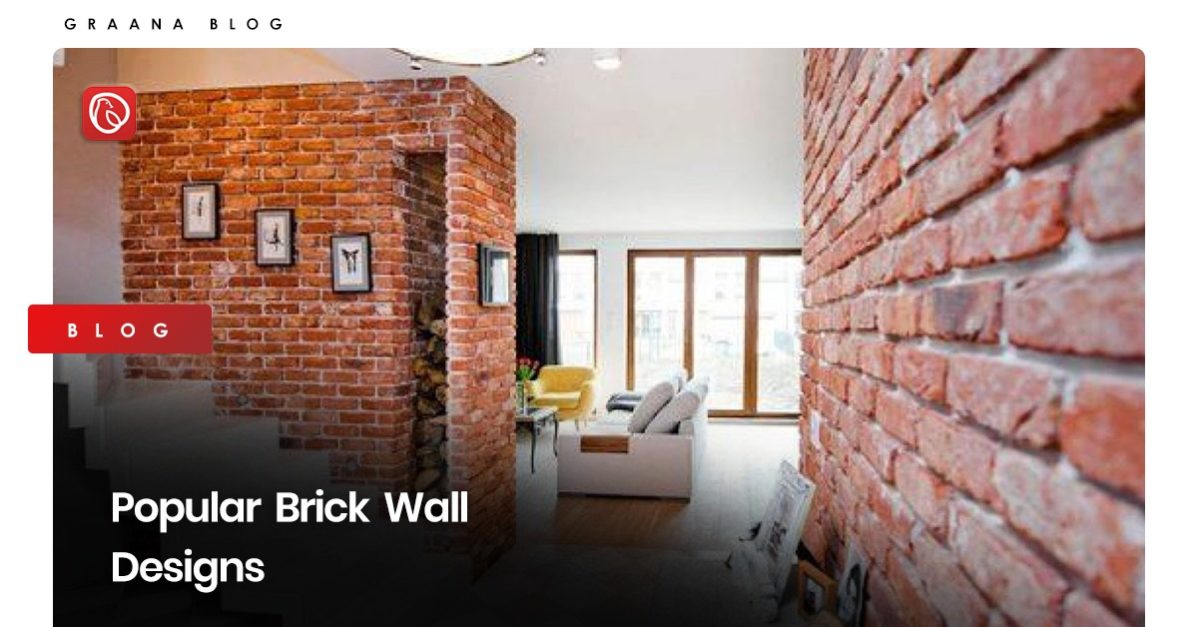Brick walls are known for their durability, strength, and aesthetic appeal, and are widely used in various construction projects, from residential to commercial buildings.
They have stood the test of time as a popular and enduring building material. However, building a brick wall can be challenging, as it involves choosing the right material, colour, pattern, and texture that will complement the overall design of the building. Graana.com has outlined some top brick wall design ideas below that can enhance the look of your property.
Types of Bricks Walls
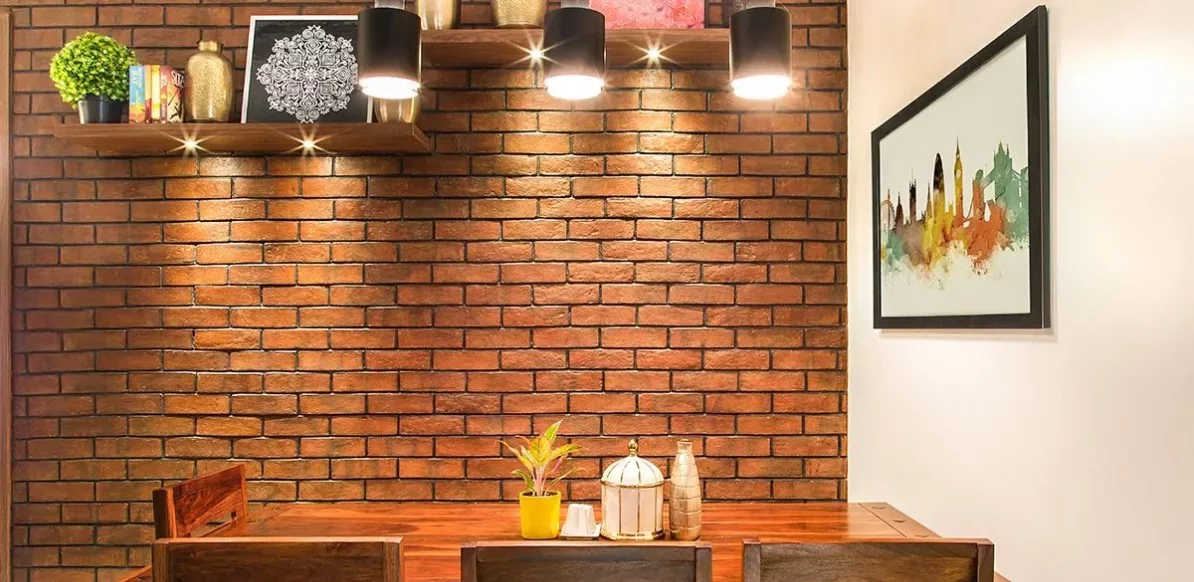
The following are some common types of brick walls:
Solid Brick Walls
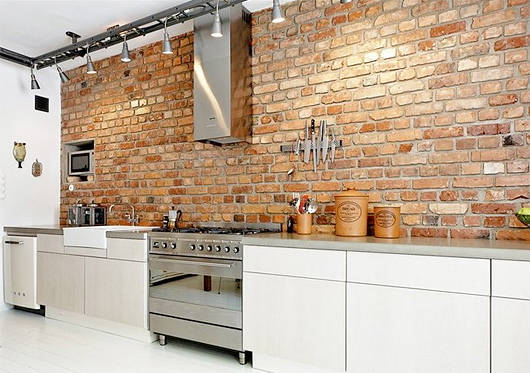
Different types of bricks are used to make different types of walls. Solid brick walls are the most traditional and durable as compared to other types of brick walls. They are made of bricks stacked on top of each other and joined with mortar. The thickness of the wall can vary but typically ranges between 4 to 9 inches.
Solid brick walls offer excellent thermal insulation, noise reduction, and fire resistance due to their high thermal mass. They absorb heat during the day and release it slowly at night, which helps regulate indoor temperature. They also provide excellent noise insulation, making them ideal for buildings located in busy areas.
Cavity Brick Walls
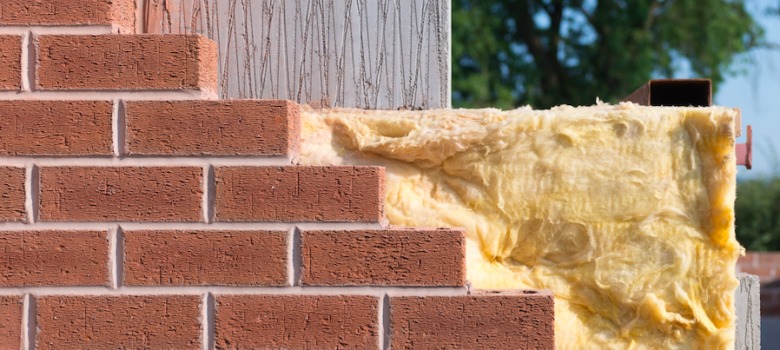
Cavity brick walls are constructed with two layers of brick, separated by a cavity or gap of approximately 2 inches. The cavity is filled with insulation material, such as rock wool or polystyrene beads, which improves the thermal insulation of the wall. It also prevents moisture from entering the wall, reducing the risk of dampness and mould.
Cavity brick walls offer better thermal insulation than solid brick walls, which can help reduce heating and cooling costs. They also provide excellent resistance to moisture and sound insulation.
Brick Veneer Walls
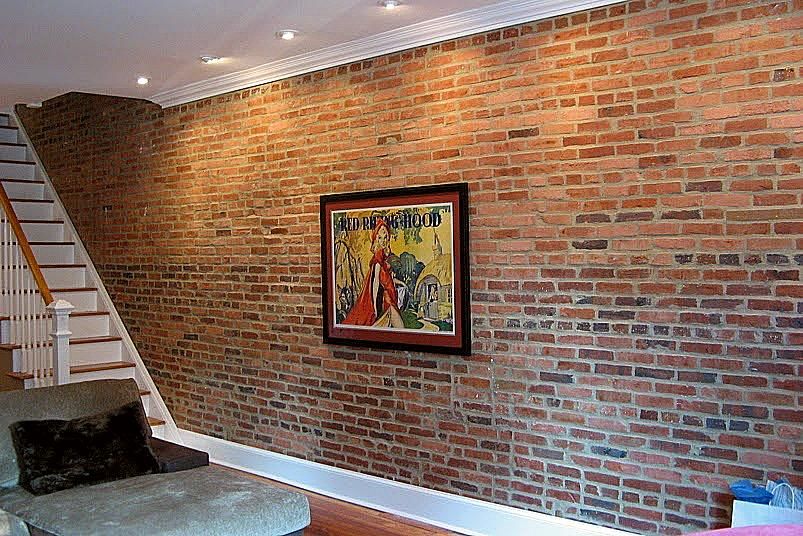
Brick veneer walls are constructed with a single layer of bricks attached to a frame or backing material, such as wood or metal studs. The bricks are secured to the backing material with adhesive and metal ties.
They are cheaper and faster to install than solid brick walls since they require fewer bricks and less labour. They also offer a similar appearance to solid brick walls, which makes them popular in residential construction.
Choosing the Right Material
The first step in designing a brick wall is choosing the right material. Different types of bricks are available in the market, such as pollution-absorbing bricks, clay bricks, fly ash bricks, concrete bricks, and stone bricks. Clay bricks are the most common type used in construction, as they are durable, fire-resistant, and the aged bricks give a more natural look.
Concrete bricks, on the other hand, are cheaper and easier to manufacture, but they lack the warmth and texture of clay bricks. Stone bricks are the most expensive and require skilled masons to install, but they provide a unique look and texture unmatched by other types of bricks.
Colour and Texture
Clay bricks are available in a range of colours, and you can choose whichever complements the building. To create a unique look, you can also experiment with different textures, such as smooth, rough, or glazed.
Patterns and Layouts
Brick walls can be designed in various patterns and layouts, depending on the overall design of the building. The most common patterns include running, stack and Flemish bonds. Running bond is the most basic pattern, where bricks are laid in a staggered fashion.
A stack bond is a more modern pattern, where bricks are stacked on each other in a straight line. Flemish bond is a traditional pattern, where alternate bricks are laid in a different colour or texture to create a checkerboard effect.
You can also take a look at other patterns, such as herringbone, basket weave, or diagonal patterns.
Joint Finish and Colour
The joint finish and colour can also significantly impact the overall look of the brick wall. It refers to how the mortar is applied between the bricks, such as concave, raked, or flush.
The joint colour can also be customised to complement the bricks’ colour or create a contrast. For example, a white joint colour can create a clean and modern look, while a black one can add a more dramatic effect.
Adding Accents and Details
To enhance the look of your brick wall, you can add accents and details, such as arches, niches, or corbels. Arches can add a sense of grandeur and elegance to the wall, while niches can provide a functional and decorative space for displaying artwork or plants.
Corbels can add a sense of depth and texture to the wall, and provide support for a roof or balcony.
Maintenance and Care
Finally, it is essential to maintain your brick wall to ensure its longevity and appearance. Regular cleaning and sealing can prevent the build-up of dirt, grime, and moisture, which can damage the bricks over time.
Repointing can also be done if the mortar starts to deteriorate, as it can prevent water from seeping into the wall and causing structural damage.
Advantages of Brick Wall Designs
Mentioned below are the benefits of brick wall designs.
Durability and Strength
Brick is a strong and resilient material that can withstand harsh weather conditions, such as wind, rain, snow, and extreme temperatures. Brick walls are also resistant to fire, insects, and decay, making them a long-lasting and low-maintenance choice for any building project.
Energy Efficiency
Brick walls are known for their thermal mass, which means they can store and release heat slowly. This helps regulate the temperature inside a building, keeping it warm in the winter and cool in the summer.
Brick walls can also lower energy costs by reducing the need for heating and cooling systems, making them an energy-efficient choice for homeowners and builders.
Aesthetic Appeal
Brick walls are a timeless and classic choice for many architects and builders and can be used to create various styles and designs. They can be painted, stained, or used in their natural state to enhance their aesthetic appeal.
They can also be used to create decorative patterns and designs, adding an element of visual interest and texture to any building.
Sound Insulation
Brick walls can reduce noise levels from outside sources, such as traffic or other buildings. This helps create a quieter and more comfortable indoor environment, particularly in urban areas where noise pollution is a significant issue.
Disadvantages of Brick Walls
Listed below are some drawbacks of brick walls.
Cost
Brick is an expensive material, and the installation cost can be higher than other building materials, such as wood or concrete. This can be a significant barrier for some homeowners or builders who are working with a limited budget.
Weight
Brick walls are heavy, which can be a disadvantage in some building projects. The weight of the bricks can put stress on the foundation. It require additional structural support, which can add to the cost and complexity of the project.
In some cases, building codes may require additional reinforcement or engineering to support the weight of the bricks.
Limited Design Options
While brick walls offer a range of design options, they can also limit creativity and flexibility. They are generally rectangular, making it challenging to create more complex or curved designs.
Additionally, the colour and texture of each can vary significantly depending on the type of brick used.
Maintenance
Brick walls require regular maintenance, which can include cleaning, sealing, and repairing any cracks or damage that may occur over time.
While brick is a durable material, it is not immune to wear and tear, and regular upkeep is essential to keep it in good condition.
The Bottom Line
Choosing the right brick wall design is a complex process that requires careful planning and attention to detail. Whether you are designing a brick wall for your home or a commercial project, working with a professional architect can be of value.
These experts can provide guidance on everything from material selection to designing and construction, ensuring that your project is a success.
Follow Graana blog for more related content.
